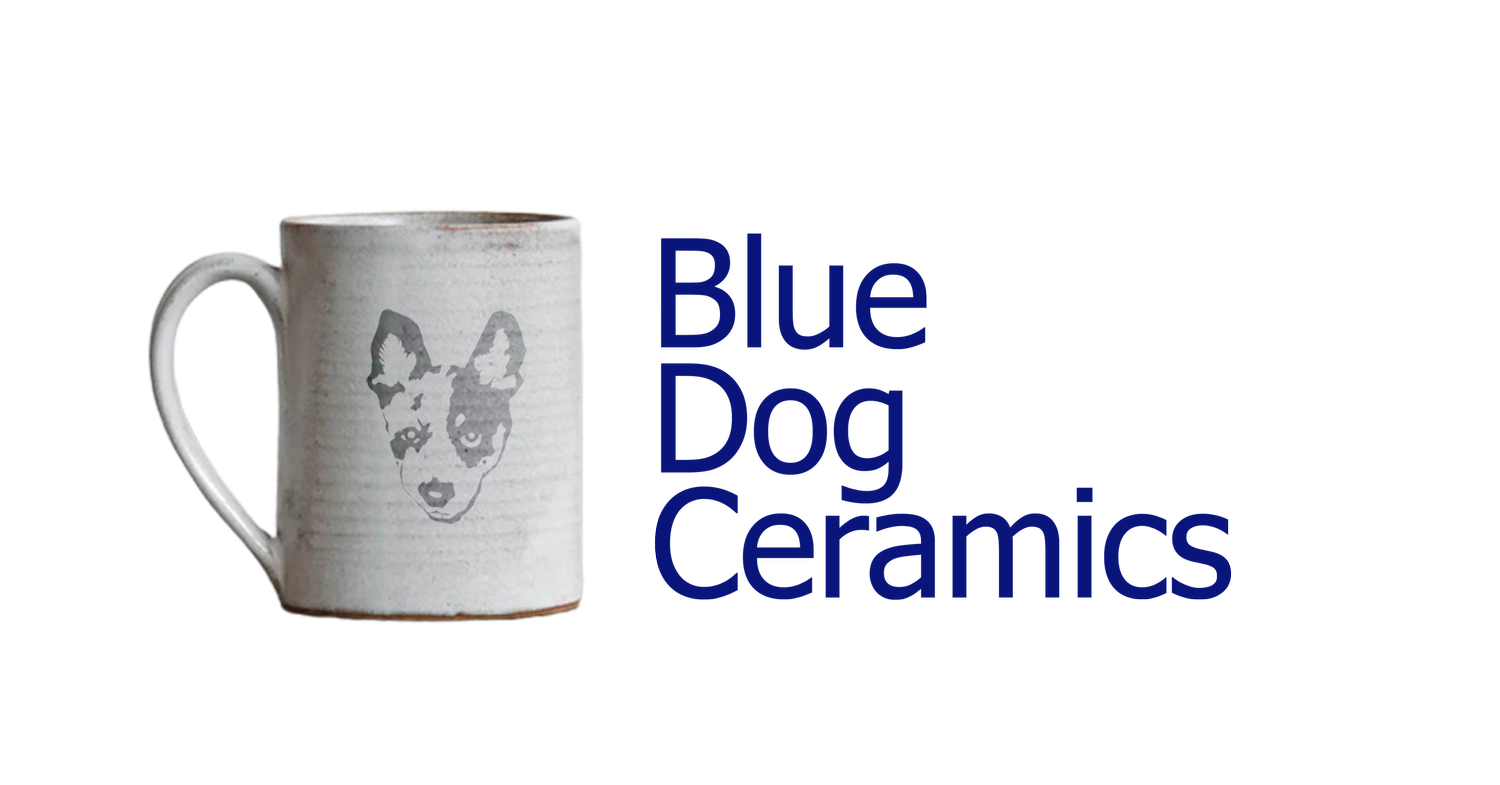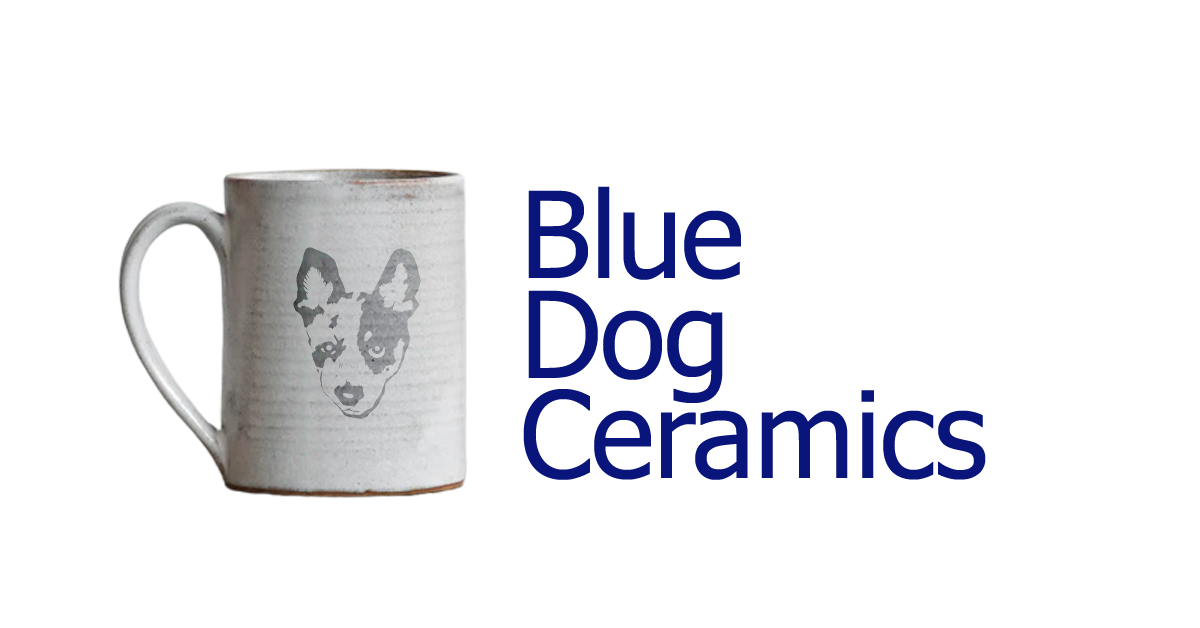The Loss of Gertsly Borate to Potter
In the world of ceramics, every ingredient plays a crucial role in achieving desired results. From enhancing the color palette to adjusting the viscosity of glazes, each component contributes to the final masterpiece. However, recent developments in the industry have sparked concerns over the availability of one such vital element: Gertsly Borate. This loss has left potters and ceramic artists searching for suitable substitutes to maintain the quality and integrity of their craft.
The Rise and Fall of Gertsly Borate: Gertsly Borate, also known as Colemanite, has long been a staple in the ceramics industry. Its unique properties, including fluxing capabilities and low thermal expansion, made it indispensable for formulating glazes and engobes. However, the availability of this mineral has dwindled in recent years due to various factors, including limited natural reserves and increased demand from other industries.
One significant blow to the supply of Gertsly Borate came from its use in boron-based fertilizers, which depleted the available stockpile for ceramic applications. Additionally, geopolitical tensions and trade restrictions further exacerbated the scarcity, leading to skyrocketing prices and dwindling accessibility for potters and ceramicists worldwide.
The Search for Substitutes: Faced with the scarcity of Gertsly Borate, potters and ceramic artists have embarked on a quest to find suitable alternatives that can replicate its unique properties. While no single substitute can perfectly mimic the characteristics of Gertsly Borate, several materials have emerged as viable alternatives:
Gerstley Borate Alternatives:
Frits: Boron-containing frits, such as Ferro Frit 3124 or Fusion Frit F-544, offer similar fluxing properties and can be used as direct replacements or in combination with other flux materials.
Borax: Borax, a boron compound, can be utilized to adjust glaze viscosity and promote melting, although it may require experimentation to achieve desired results.
Ulexite: Another boron mineral similar to Colemanite, ulexite, exhibits fluxing properties and low thermal expansion, making it a potential substitute for Gertsly Borate in certain formulations.
Reformulating Recipes:
Reformulating existing glaze recipes by adjusting the ratios of other flux materials, such as feldspars and frits, can help compensate for the absence of Gertsly Borate while maintaining desired glaze characteristics.
Collaboration and Knowledge Sharing:
Collaboration within the ceramics community, through forums, workshops, and online platforms, enables artists to share insights, experiences, and alternative recipes for navigating the Gertsly Borate shortage effectively.
Adapting to Change: While the loss of Gertsly Borate presents challenges for potters and ceramic artists, it also offers an opportunity for innovation and creativity. By embracing alternative materials and experimenting with new formulations, artisans can adapt to changing circumstances while pushing the boundaries of their craft.
Moreover, the shift towards sustainable practices in the ceramics industry encourages exploration of locally sourced materials and eco-friendly alternatives, reducing reliance on scarce resources and mitigating environmental impact.
The loss of Gertsly Borate has undoubtedly reshaped the landscape of the ceramics industry, prompting a reevaluation of traditional practices and materials. Yet, through collaboration, experimentation, and a willingness to adapt, potters and ceramic artists are finding innovative solutions to maintain the quality and integrity of their work.
As the quest for substitutes continues, the ceramics community remains resilient, drawing on its collective expertise and creativity to navigate challenges and forge new paths forward in the ever-evolving world of ceramic artistry.

